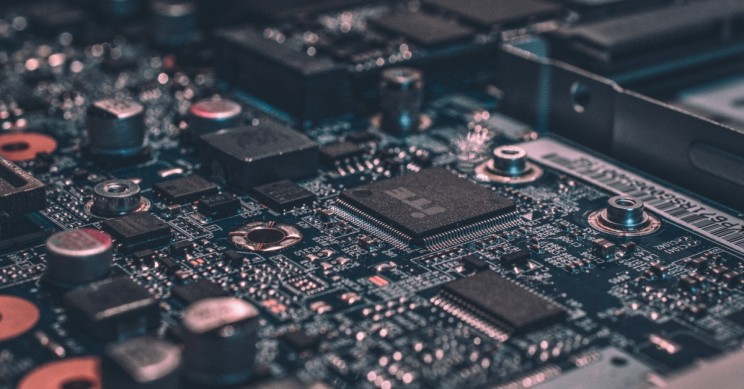Technological advancement has helped us in more ways than we can count. It has enabled us to call our friends and family on the other side of the world. It has enabled us to reduce extreme poverty and hunger. It has made our life more comfortable than at any other time in the history of mankind. On the complete other side of the spectrum, technological advancements also gave us the nuclear bomb, biochemical weapons and the slow but certain destruction of our climate. Until now we have steered clear of any directly catastrophic events caused by our own inventions, but is there a future possibility that we will orchestrate our own ending by an innovation gone rogue? In his paper “The Vulnerable World Hypothesis”, philosopher and Oxford Professor Nick Bostrom discovers the possibilities.
Bostrom uses the following metaphor: We can see human creativity in science as a gigantic urn full of balls. The colors of the balls are in a spectrum from white to black, including a lot of grey variations. Throughout human history we have drawn a lot of white balls from the urn giving us a beneficial technology, for example vaccinations. We have also drawn a lot of grey balls from the urn, such as harvesting nuclear power from atoms. This gave us the ability to create energy, but also gave us the nuclear bomb.
What about the black balls? These balls represent the extremely harmful technologies that will wipe out their inventors civilization. Bostrom argues that until now, we have just been lucky. While scientific research effortlessly continues, the urn empties, and we are bound to grab a cataclysmic invention which we can not un-invent. A black ball: the end of our civilization.
These black balls might come in a wide range of forms. One can think Skynet, irreparable damage to our climate or “accidentally” destroying the ozone layer again. Bostrom uses a very interesting thought experiment of so-called easy nukes: what would have happened in an alternate universe where nuclear bombs were not made by very complex and costly procedures, but by setting your running microwave on fire? Or by simply letting an electronic current flow through a pane of glass? Every crazy person, every extremist and every tiny country would have obtained the power to destroy the earth.
Another example, that is not in an alternate reality, is is our ability to create and destroy life. In the future the 3D printer in your kitchen might be able to print meat, complete DNA sequences, or for that matter – hyper resistant aggressive viruses. Will we destroy one another and will the world end? Or can humans live in peace and survive its self-made power?
In his paper, Bostrom proposes several steps we could take to prevent us from grabbing a black ball. For example, we could severely slow down our technological process and deliberately keep away from risky research. However slowing down means not stopping, we could eventually be unlucky anyway. Another option is to target the malicious users of the technology, not the technology itself. Yet, this does require a major effort in global governance, intelligence and coordination that seems virtually impossible today.
What do you think, is it possible we will be so unlucky to grab a black ball? And what can we do about it?
Sources:
Bostrom, N. (2018). The Vulnerable World Hypothesis. Global Policy.



